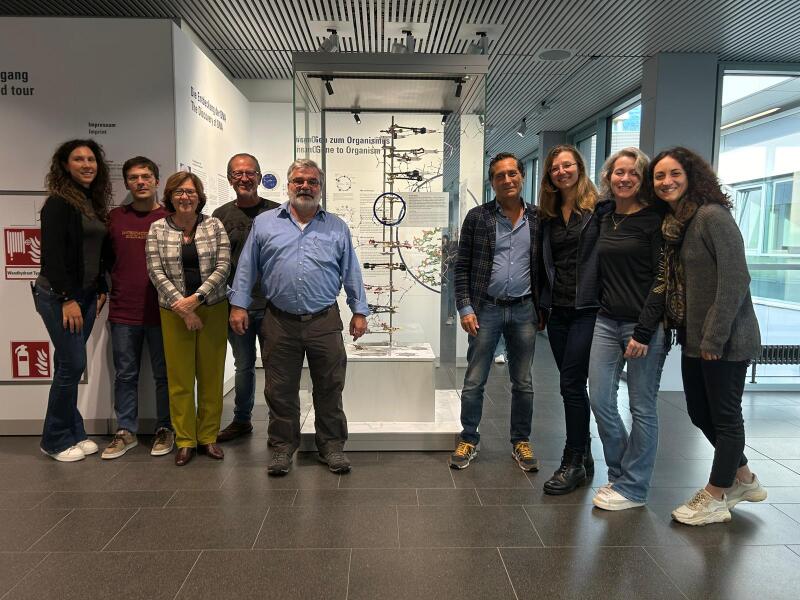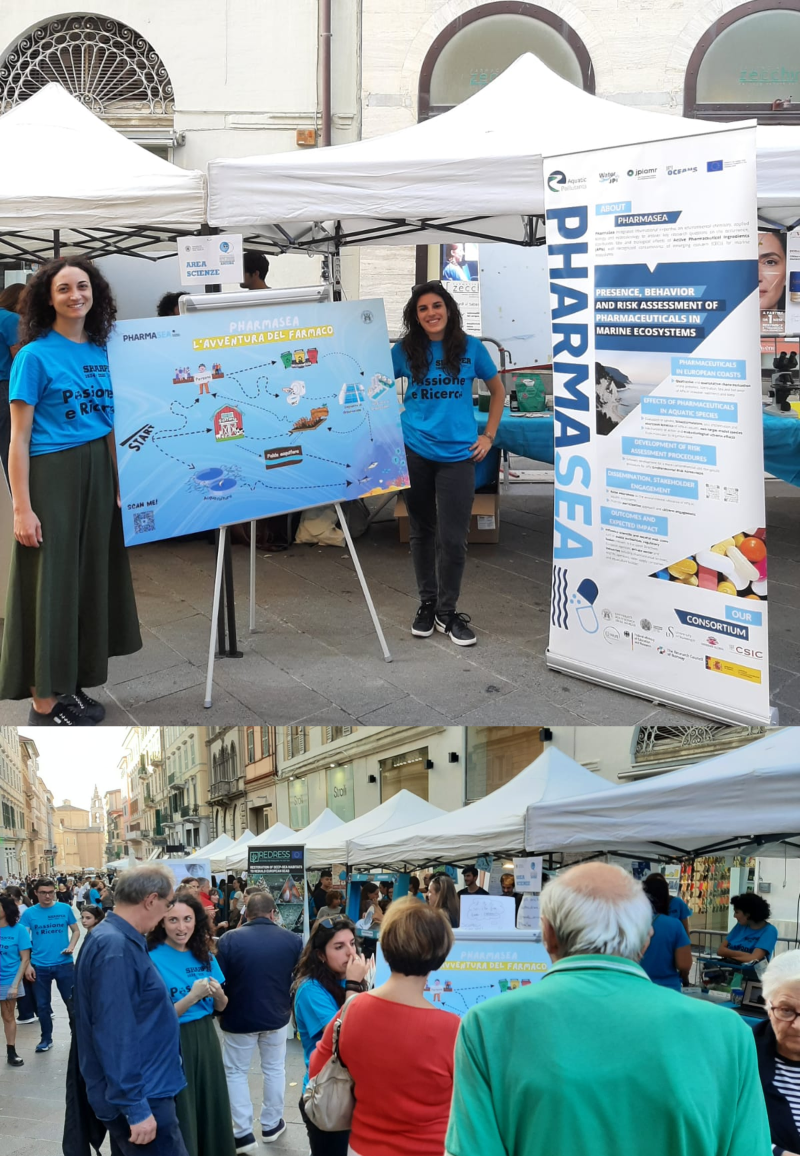The final PHARMASEA research consortium meeting was held in Heidelberg, Germany, on October 20-21, 2024, offering to all partners a valuable opportunity to think about the key milestones achieved over the past three years.
A major outcome of the project was a comprehensive study on the geographical and seasonal distribution of pharmaceuticals in water, sediments, and wild marine species across four significant European regions: the Adriatic, the Western Mediterranean, the North Sea, and the North Atlantic Ocean. In partnership with wastewater treatment plants in Norway, Italy, and Spain, the study also analysed influent and effluent samples from wastewater facilities, as well as samples from drinking water reservoirs. One of the primary findings revealed that a wide range of Active Pharmaceutical Ingredients (APIs), including non-steroidal anti-inflammatory drugs (NSAIDs), psychiatric drugs, and antibiotics, are consistently detected in coastal waters and marine wildlife. APIs were found at higher concentrations in river basins than in estuaries, and wastewater treatment plants exhibited varying levels of effectiveness in removing specific active compounds. Notably, the antiepileptic drug Carbamazepine and the antibiotic Ciprofloxacin showed significant persistence in effluents.
The analysis of marine species, from bivalves to fish, demonstrated that invertebrates tend to accumulate higher levels of APIs in their tissues, while fish showed less accumulation, likely due to their more advanced biotransformation processes. Interestingly, the study also indicated that APIs contamination extends beyond coastal areas, with similar levels of pollutants detected in offshore waters, suggesting that these substances are not only carried by river or coastal inputs but are also further release into the open ocean. Regional variations were evident. However, areas such as the North Sea showed lower concentrations, possibly due to stronger currents or reduced human activity in the region. Finally, seasonality did not reveal a clear pattern in the accumulation of pharmaceuticals in wild species, and the types of drugs found in water generally reflected those measured in tissues of marine animals, particularly for psychiatric drugs and NSAIDs.

